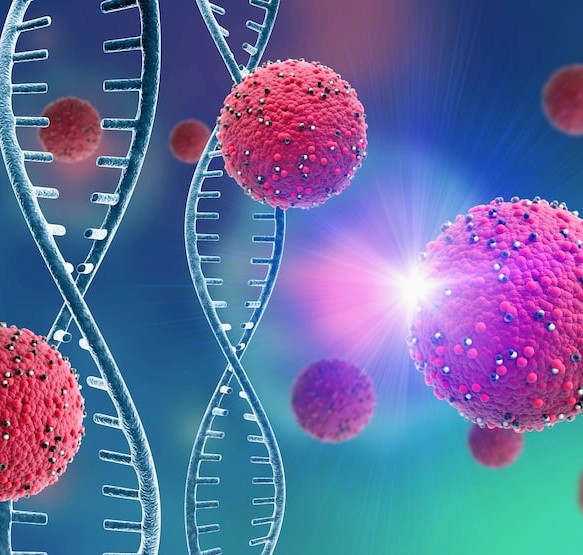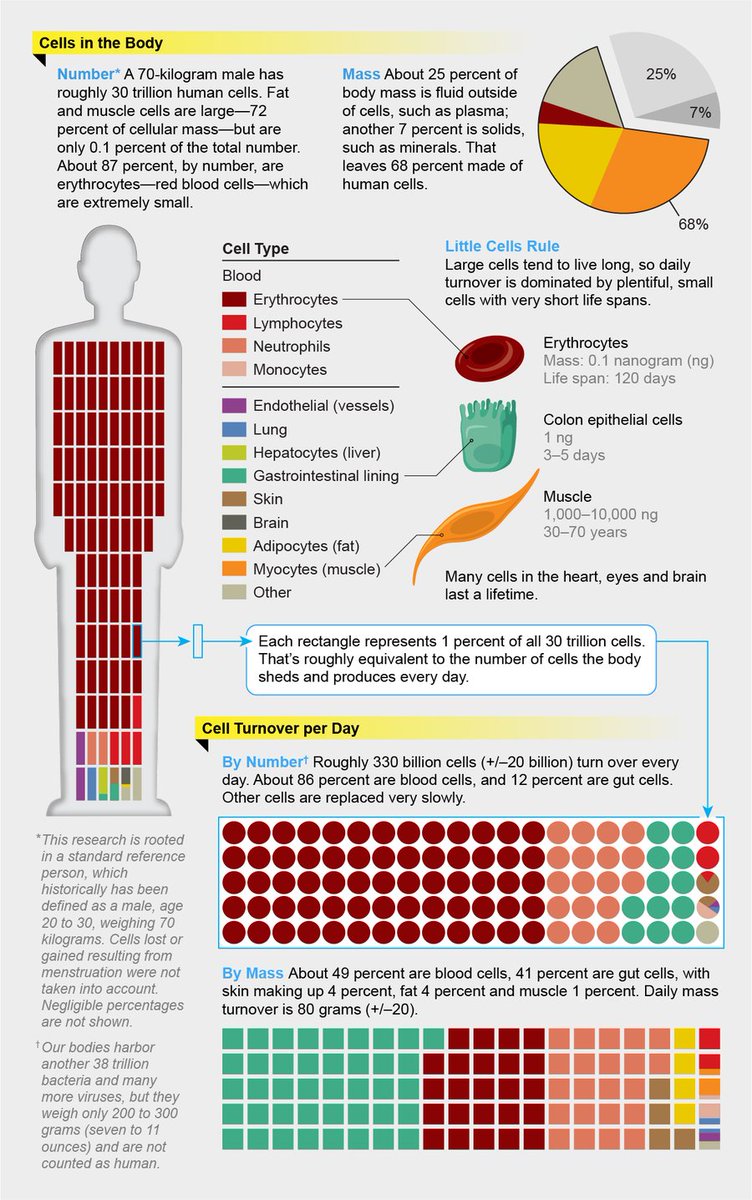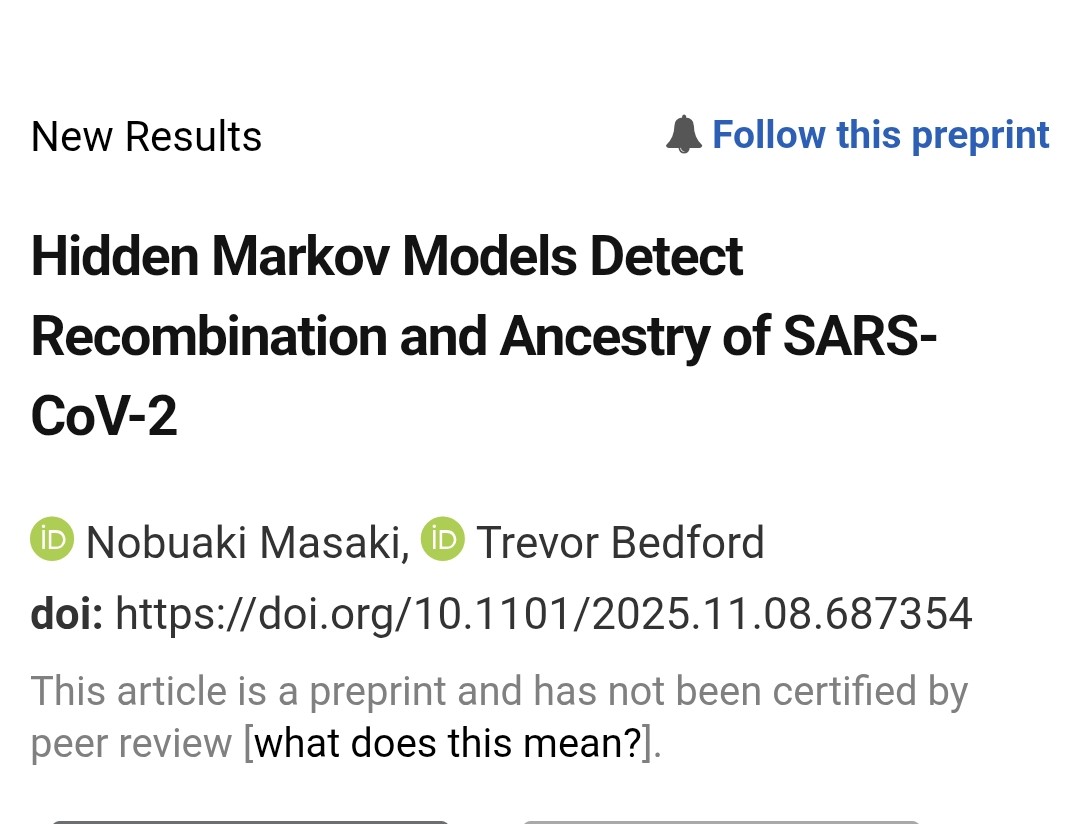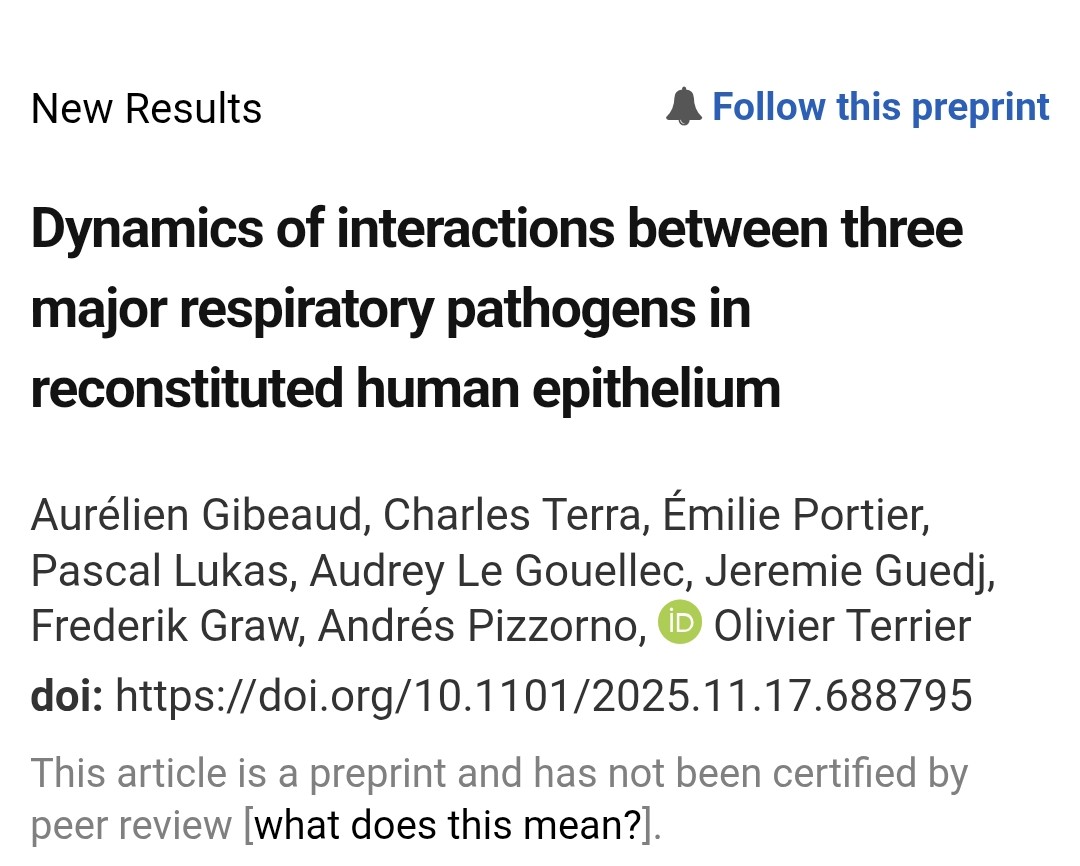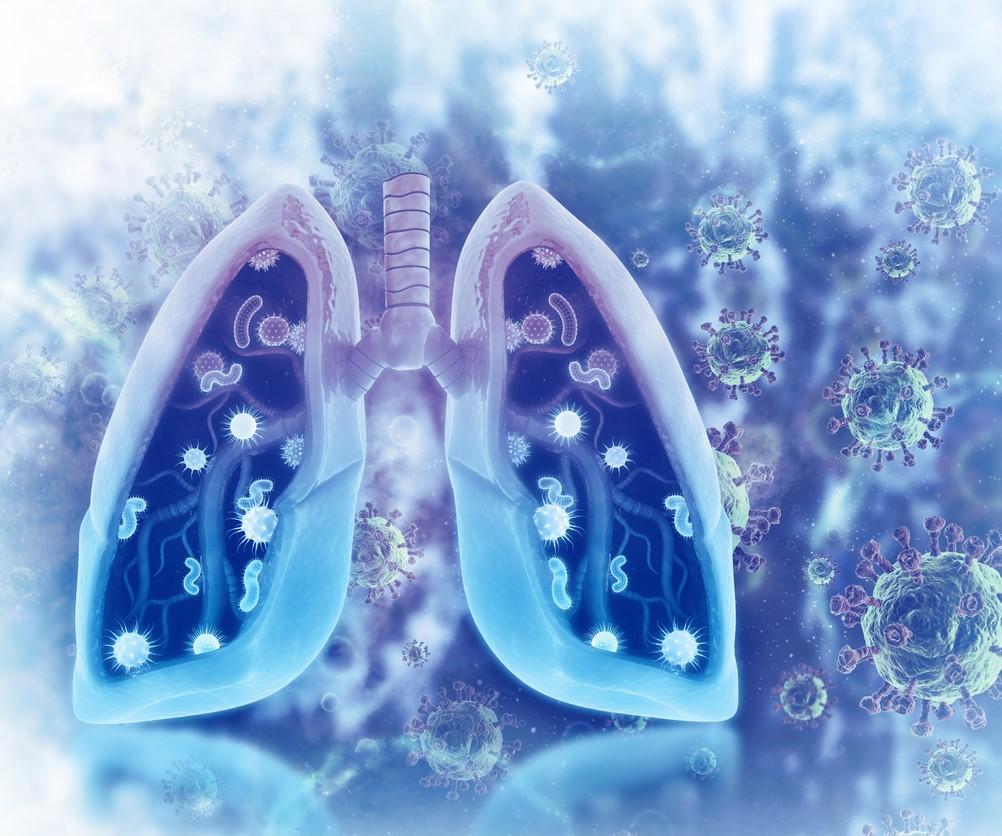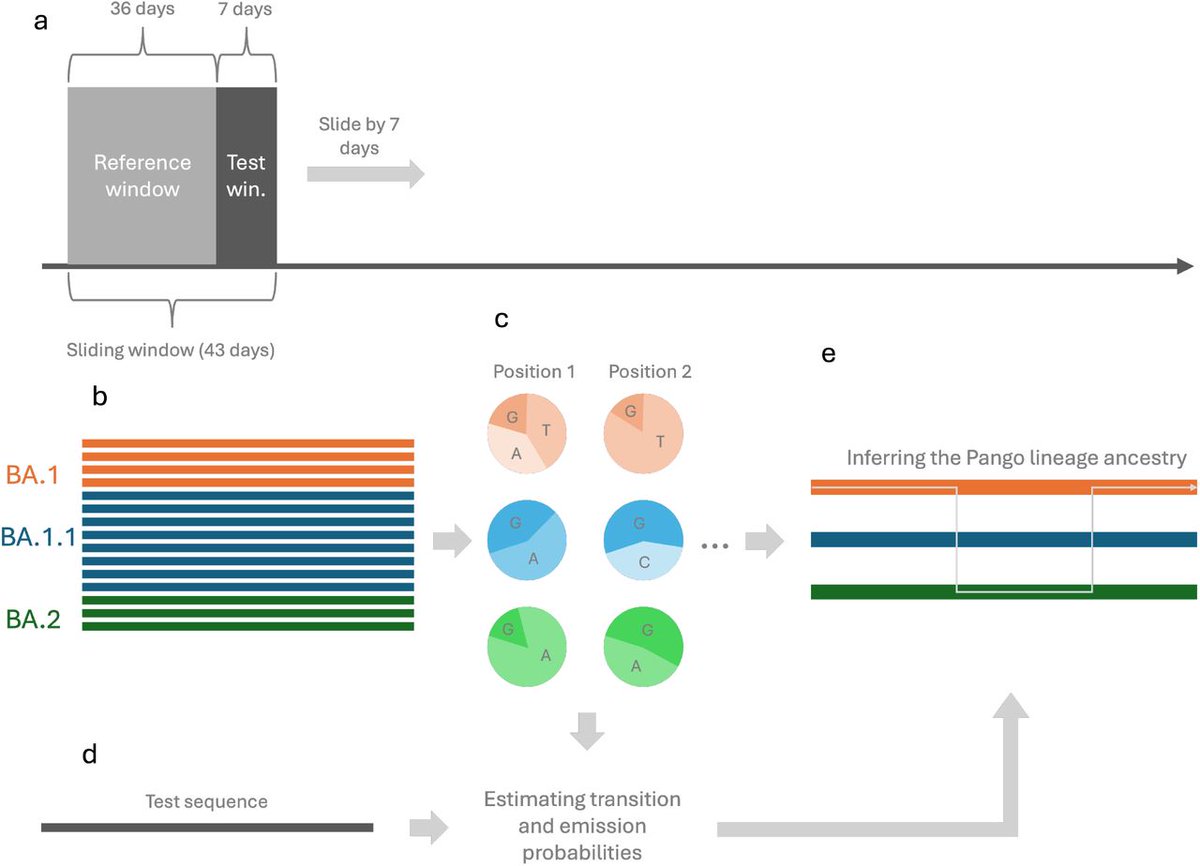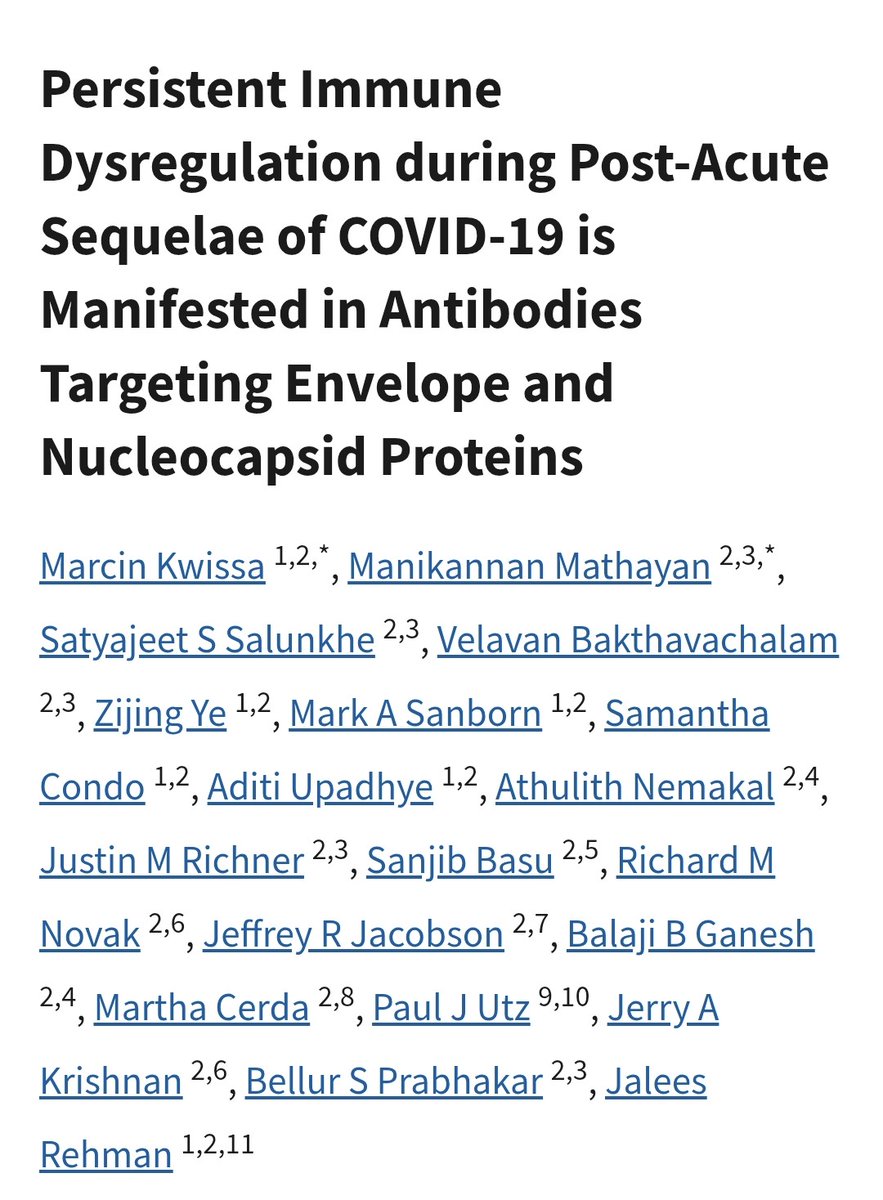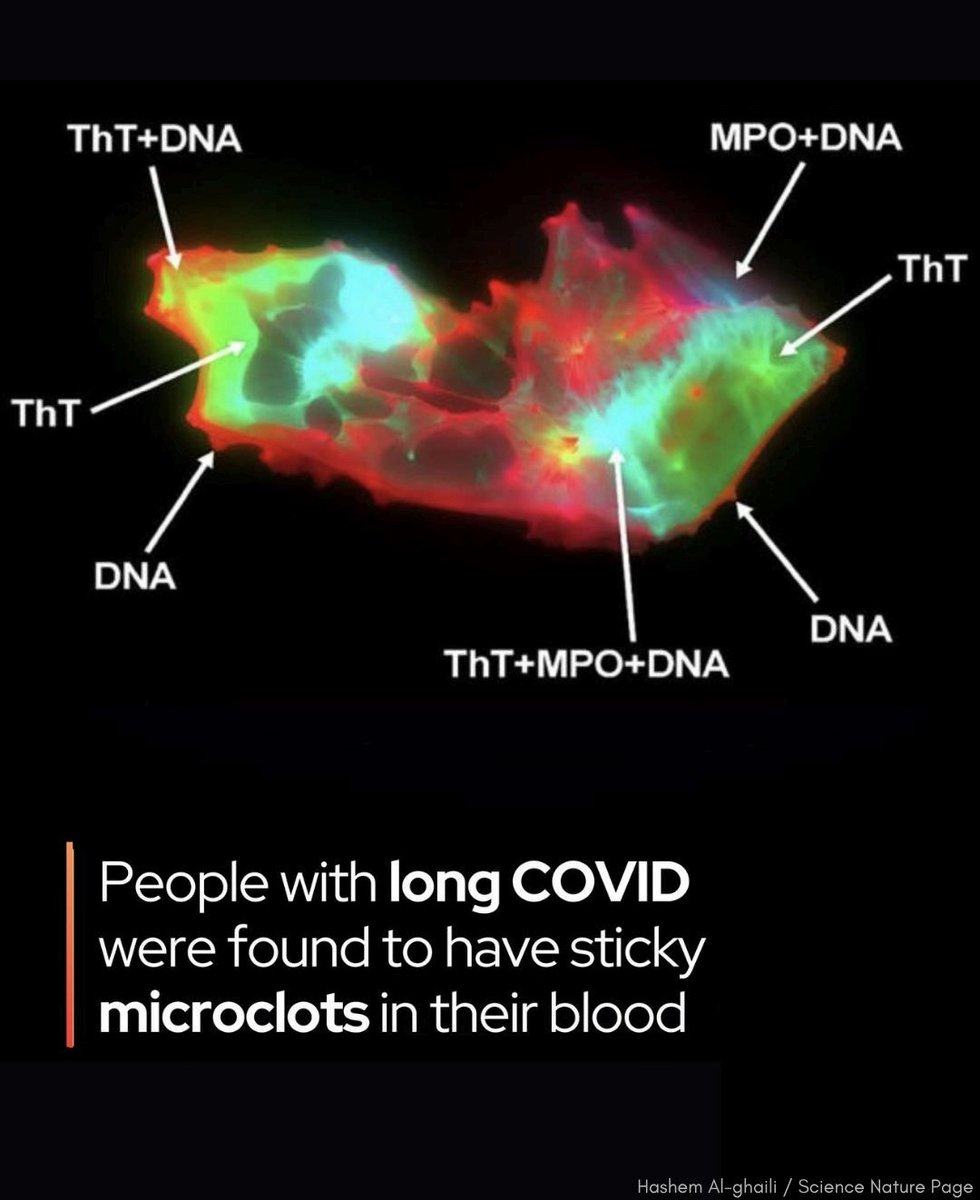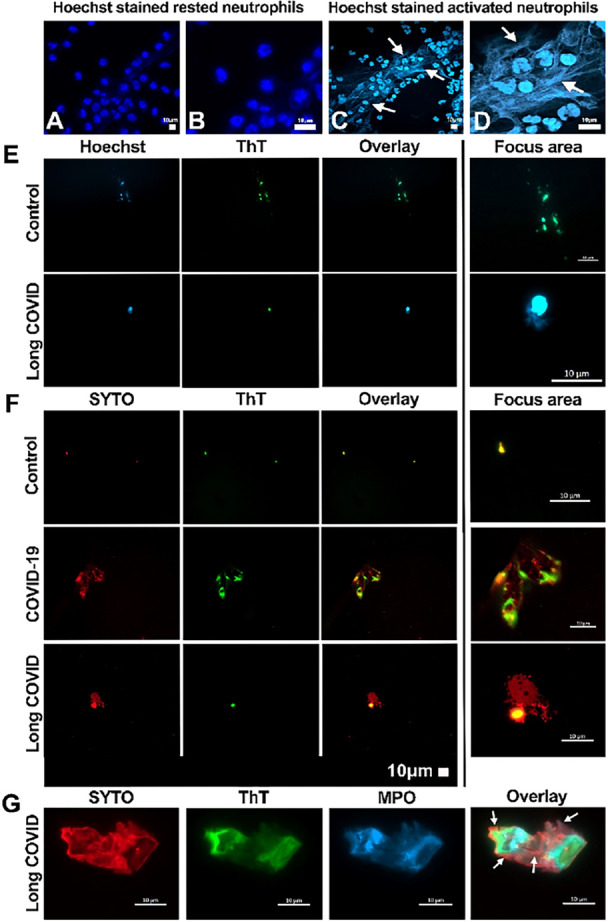𝘈 𝘷𝘦𝘳𝘺 𝘪𝘯𝘵𝘦𝘳𝘦𝘴𝘵𝘪𝘯𝘨 𝘴𝘵𝘶𝘥𝘺 :
"𝗣𝗲𝗿𝘀𝗶𝘀𝘁𝗲𝗻𝘁 𝗔𝗰𝘁𝗶𝘃𝗮𝘁𝗶𝗼𝗻 𝗼𝗳 𝗖𝗵𝗿𝗼𝗻𝗶𝗰 𝗜𝗻𝗳𝗹𝗮𝗺𝗺𝗮𝘁𝗼𝗿𝘆 𝗣𝗮𝘁𝗵𝘄𝗮𝘆𝘀 𝗶𝗻 𝗟𝗼𝗻𝗴 𝗖𝗼𝘃𝗶𝗱"
biorxiv.org/content/10.110…

"𝗣𝗲𝗿𝘀𝗶𝘀𝘁𝗲𝗻𝘁 𝗔𝗰𝘁𝗶𝘃𝗮𝘁𝗶𝗼𝗻 𝗼𝗳 𝗖𝗵𝗿𝗼𝗻𝗶𝗰 𝗜𝗻𝗳𝗹𝗮𝗺𝗺𝗮𝘁𝗼𝗿𝘆 𝗣𝗮𝘁𝗵𝘄𝗮𝘆𝘀 𝗶𝗻 𝗟𝗼𝗻𝗴 𝗖𝗼𝘃𝗶𝗱"
biorxiv.org/content/10.110…

2) The study evaluated 142 participants, including uninfected controls, acutely infected individuals, convalescent controls, and long COVID patients. Samples included PBMCs and plasma collected at various time points after infection. 

3) Comprehensive immunological, virological, transcriptomic and proteomic analyses were performed to characterize the immune profiles in these groups.
4) Long COVID patients had persistent symptoms like fatigue, shortness of breath, brain fog, etc. similar to prior reports.
No differences were found in SARS-CoV-2 antibody titers between long COVID and convalescent controls, but higher spike-specific T cell responses ...
No differences were found in SARS-CoV-2 antibody titers between long COVID and convalescent controls, but higher spike-specific T cell responses ...

5) ...were observed in long COVID patients. No plasma SARS-CoV-2 was detected.
Transcriptomic analysis of PBMCs showed long COVID was characterized by upregulation of inflammatory markers, cytokines, complement and coagulation pathways compared to convalescent controls and ...
Transcriptomic analysis of PBMCs showed long COVID was characterized by upregulation of inflammatory markers, cytokines, complement and coagulation pathways compared to convalescent controls and ...

6) ... and uninfected controls.
Pathway analysis revealed persistent activation of IL-6, JAK-STAT, coagulation, complement, metabolism and T cell exhaustion pathways in long COVID.
Pathway analysis revealed persistent activation of IL-6, JAK-STAT, coagulation, complement, metabolism and T cell exhaustion pathways in long COVID.

7) Proteomic analysis of plasma showed similar differences, with increased immune cell signatures, cytokine signaling and complement/coagulation pathways in long COVID. 

8) Early activation of IL-6 and complement pathways during acute infection correlated with subsequent development of long COVID.
Validation studies confirmed higher plasma IL-6R levels in long COVID patients compared to other groups
Validation studies confirmed higher plasma IL-6R levels in long COVID patients compared to other groups

9) The study demonstrates long COVID is characterized by persistent chronic inflammation and immune dysregulation, suggesting novel therapeutic targets.
Thanks for reading 🙏
FYI @VirusesImmunity @zalaly @DaniBeckman @DavidJoffe64
@LauraMiers @elisaperego78
Thanks for reading 🙏
FYI @VirusesImmunity @zalaly @DaniBeckman @DavidJoffe64
@LauraMiers @elisaperego78

• • •
Missing some Tweet in this thread? You can try to
force a refresh


